Forcing Chicory Plants – Learn About Chicory Root Forcing
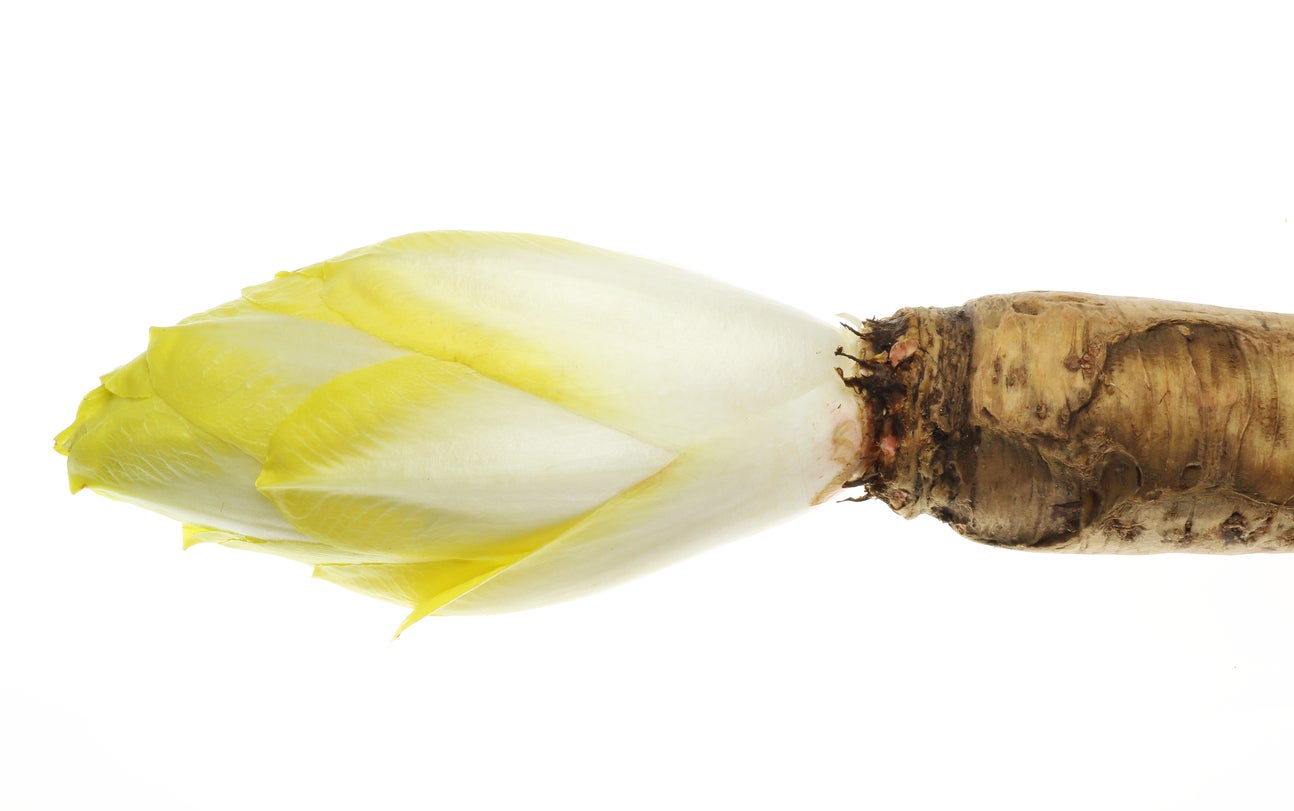
Have you ever heard of forcing chicory plants? Chicory root forcing is a common procedure that transforms the roots into something marvelous. If you are growing chicory, and are wondering “should I force chicory,” the resounding answer is yes! Why force chicory? Keep reading to find out how and why you should force chicory.
Why Force Chicory?
Chicory and endive are often used interchangeably, which can lead to some confusion. This is because the forced product of Witlook chicory is also called French or Belgian endive. Endive is grown for its leaves, which are used as salad greens or are cooked while Witloof chicory is forced for chicons. Why force chicory? Well, because forcing a chicory plant begets an altogether sublime, tender, sweeter product that makes eating them an almost transcendent experience.
About Forcing Chicory Plants
Like many discoveries, chicory root forcing was a happy accident. Almost 200 years ago, a Belgian farmer accidently came upon some chicory root that he had stored in his cellar, which had sprouted. Normally, the chicory was being cultivated as a coffee substitute, but this fortuitous event catapulted chicory into a whole new category when the farmer sampled the pale white leaves and found them to be crispy and sweet. After a few decades, forcing chicory to form chicons, the tightly cupped heads of pale leaves, became fairly commonplace, especially to people who live in snowy climates where fresh veggies are hard to come by. With enough roots and a bit of planning, gardeners can force chicory throughout the winter months.
How to Force Chicory
Chicory is harvested for chicons about 130 to 150 days from planting when the roots are large enough to be forced, which is generally from September through November. The white section of the root should be at least ¼ inch (6 mm.); if it is any less, it will not produce tight chicons. Dig the roots up and cut the foliage down to an inch (2.5 cm.) and snip off any side shoots. Select a tall container; it could even be a plastic bag, which is deeper than the longest root. Fill the bottom of the container with a bit of mixed sand and peat or compost. Stand the roots up in the medium and fill the container up with more mixed sand and peat or compost. Ideally, top the container with medium to 7 inches (18 cm.) above the crown of the chicory. The planting media should be lightly damp. Keep the container in the dark in a temperate area with temperatures 50 to 60 degrees F. (10-15 C.). Darkness is imperative. If the chicory roots get any light, the resulting chicon will be bitter. The white buds of the chicon should begin showing in around four weeks. When ready to use them, snap them off close to the root and then replace the container back in the dark for a second, smaller crop.
Gardening tips, videos, info and more delivered right to your inbox!
Sign up for the Gardening Know How newsletter today and receive a free copy of our e-book "How to Grow Delicious Tomatoes".

Amy Grant has been gardening for 30 years and writing for 15. A professional chef and caterer, Amy's area of expertise is culinary gardening.
-
 Looking For Plants To Give You The Soft And Fuzzies? Try These 5 Fuzzy Leaf Plant Options
Looking For Plants To Give You The Soft And Fuzzies? Try These 5 Fuzzy Leaf Plant OptionsLovers of texture, drama, silver foliage and tactile plants will adore these special sensory garden additions. These fuzzy leaf plant options will leave you all aglow
By Susan Albert
-
 Get Ready For A Summer Of Hummers! Grow These Full Sun Hummingbird Plants and Flowers
Get Ready For A Summer Of Hummers! Grow These Full Sun Hummingbird Plants and FlowersIf you’re lucky enough to enjoy a sunny backyard, make sure you are maxing out on your pollinator opportunities and grow these full sun hummingbird plants and flowers
By Tonya Barnett
-
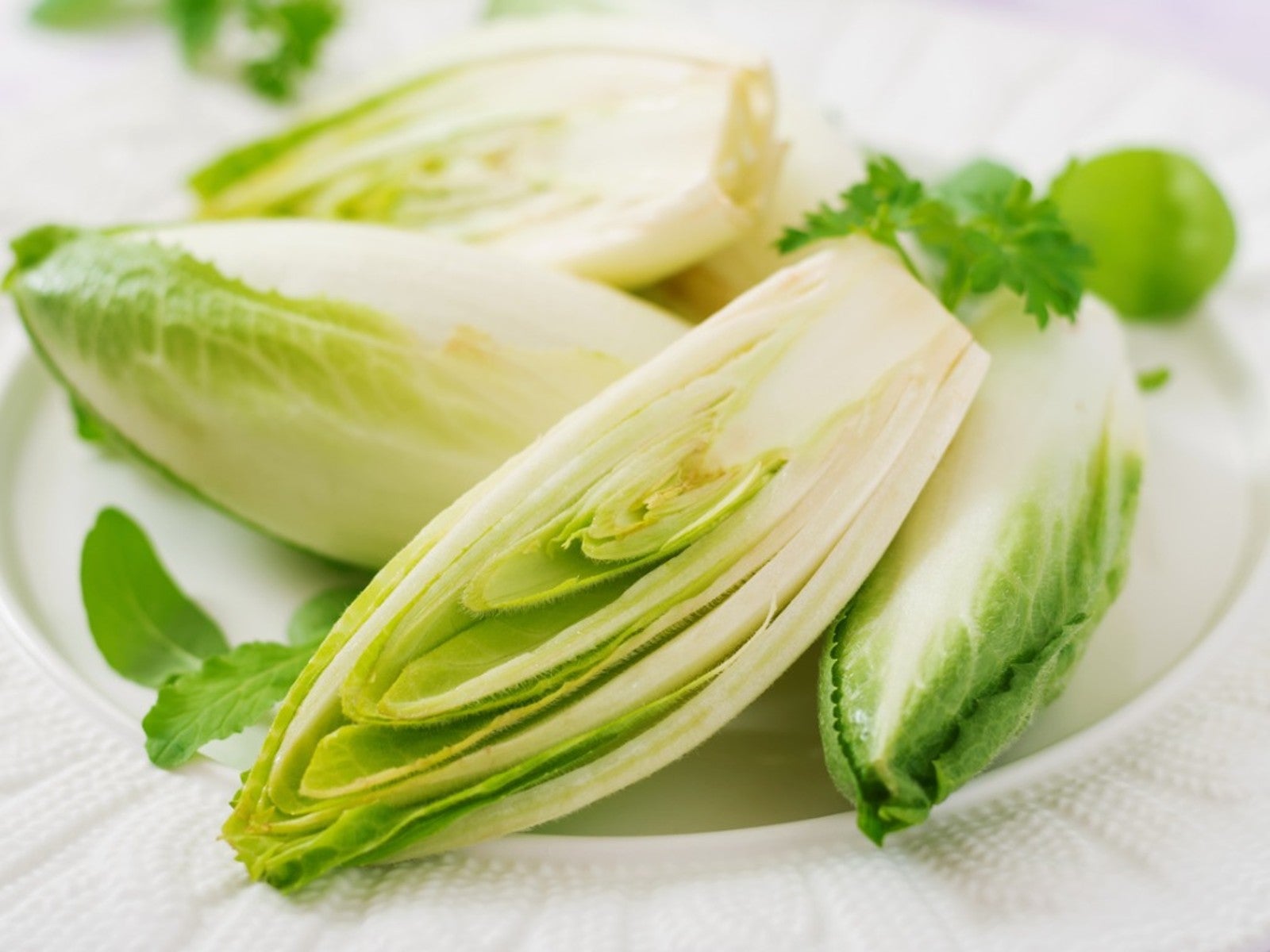 Different Types Of Chicory: What Are Chicory, Endive, And Escarole
Different Types Of Chicory: What Are Chicory, Endive, And EscaroleEndive or Chicory? If you’ve ever found yourself wondering which you should use in a recipe, you’ve come to the right place.
By Laura Miller
-
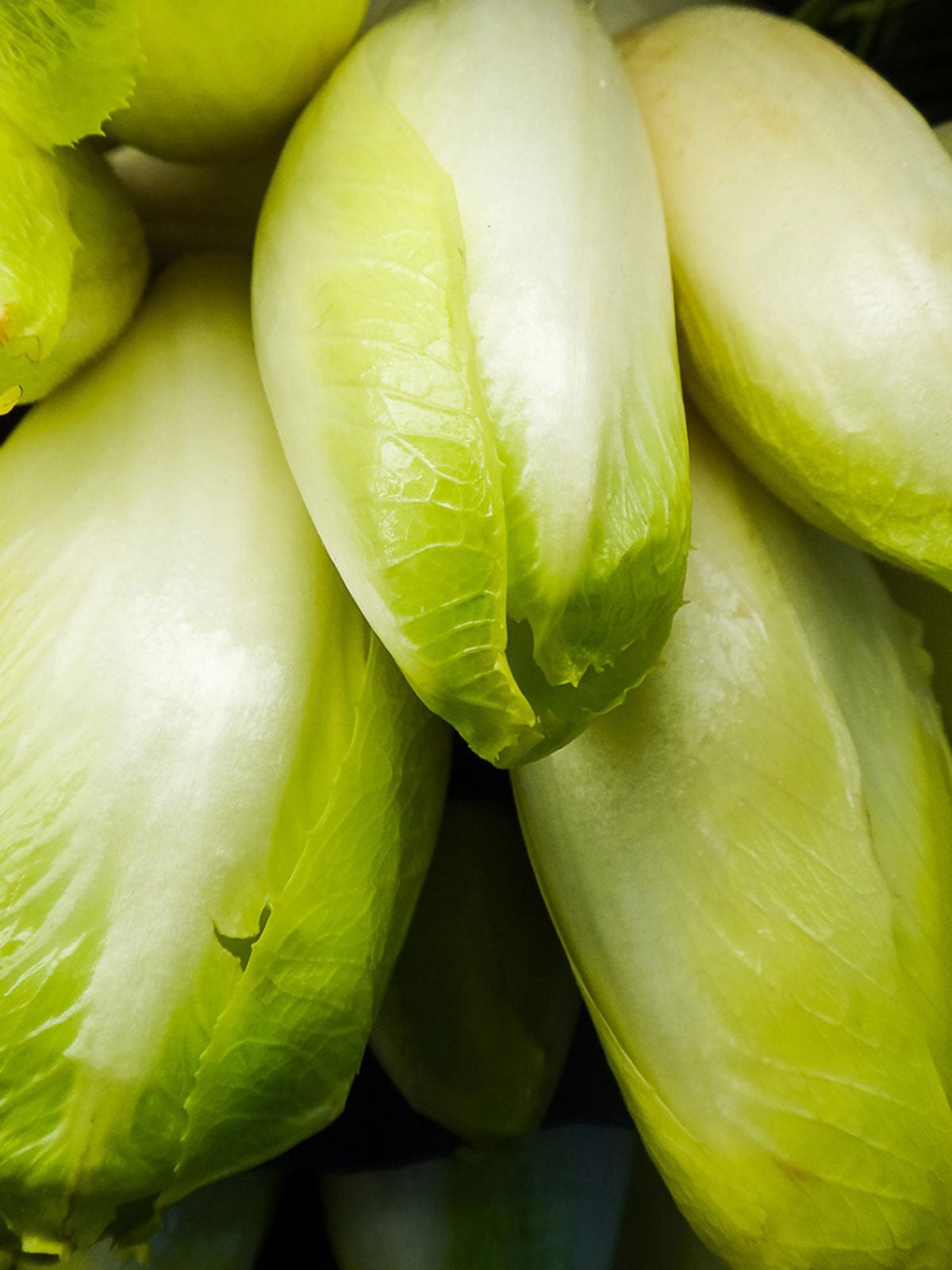 Belgian Endive Info – Tips For Growing Witloof Chicory Plants
Belgian Endive Info – Tips For Growing Witloof Chicory PlantsWitloof chicory is a weedy-looking plant. That's not surprising, as it's related to the dandelion and has frilly, pointed dandelion-like leaves. What is surprising is that witloof chicory plants have a double life. Click here to learn more about this amazing plant.
By Laura Miller
-
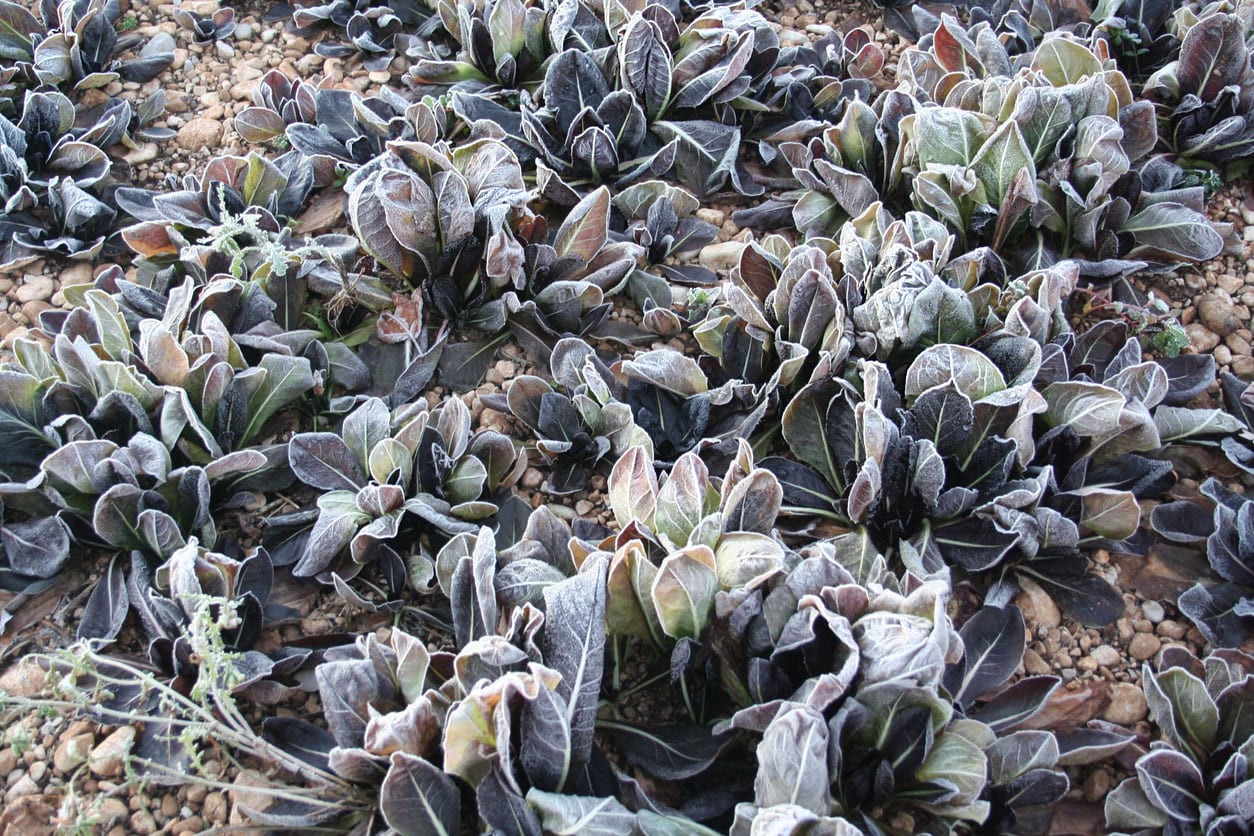 Chicory Winter Care: Learn About Chicory Cold Tolerance
Chicory Winter Care: Learn About Chicory Cold ToleranceChicory in winter generally dies back and will spring anew in spring. This occasional coffee substitute is easy to grow and a fairly reliable perennial in most zones. Learn more about chicory cold tolerance and what you can do to help protect the plants here.
By Bonnie L. Grant
-
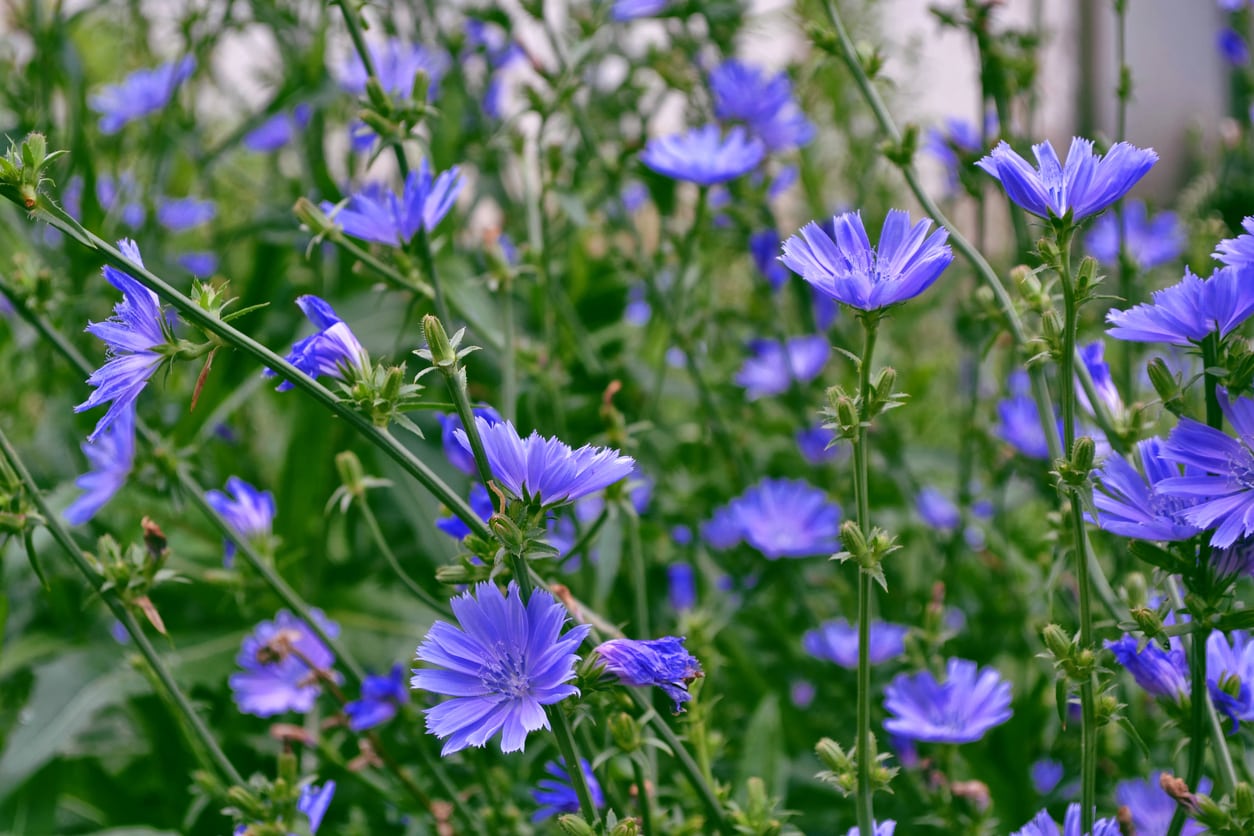 Is Chicory An Annual Or Perennial: Learn About Chicory Lifespan In Gardens
Is Chicory An Annual Or Perennial: Learn About Chicory Lifespan In GardensPlant lifespan is often a subject of debate. For instance, many annuals in the north are actually perennials or biennials in the south. So, is chicory an annual or perennial? Click this article to see which… or if there is a third, unexpected choice.
By Bonnie L. Grant
-
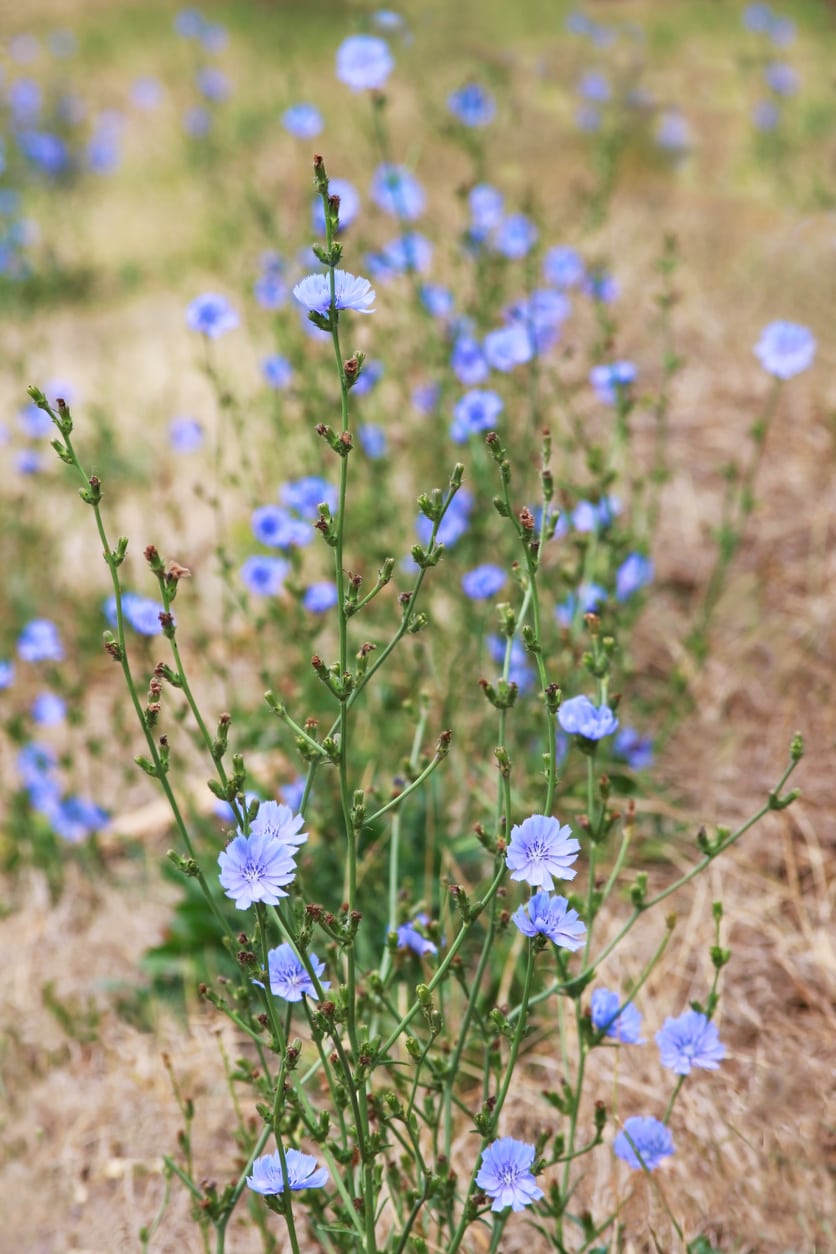 Treating Sick Chicory Plants: Learn About Common Chicory Diseases
Treating Sick Chicory Plants: Learn About Common Chicory DiseasesIf you are growing chicory in your garden, it is disappointing to see sick chicory plants. If this happens to you, you probably want some answers on “what’s wrong with my chicory.” Click this article for a discussion of chicory plant problems.
By Teo Spengler
-
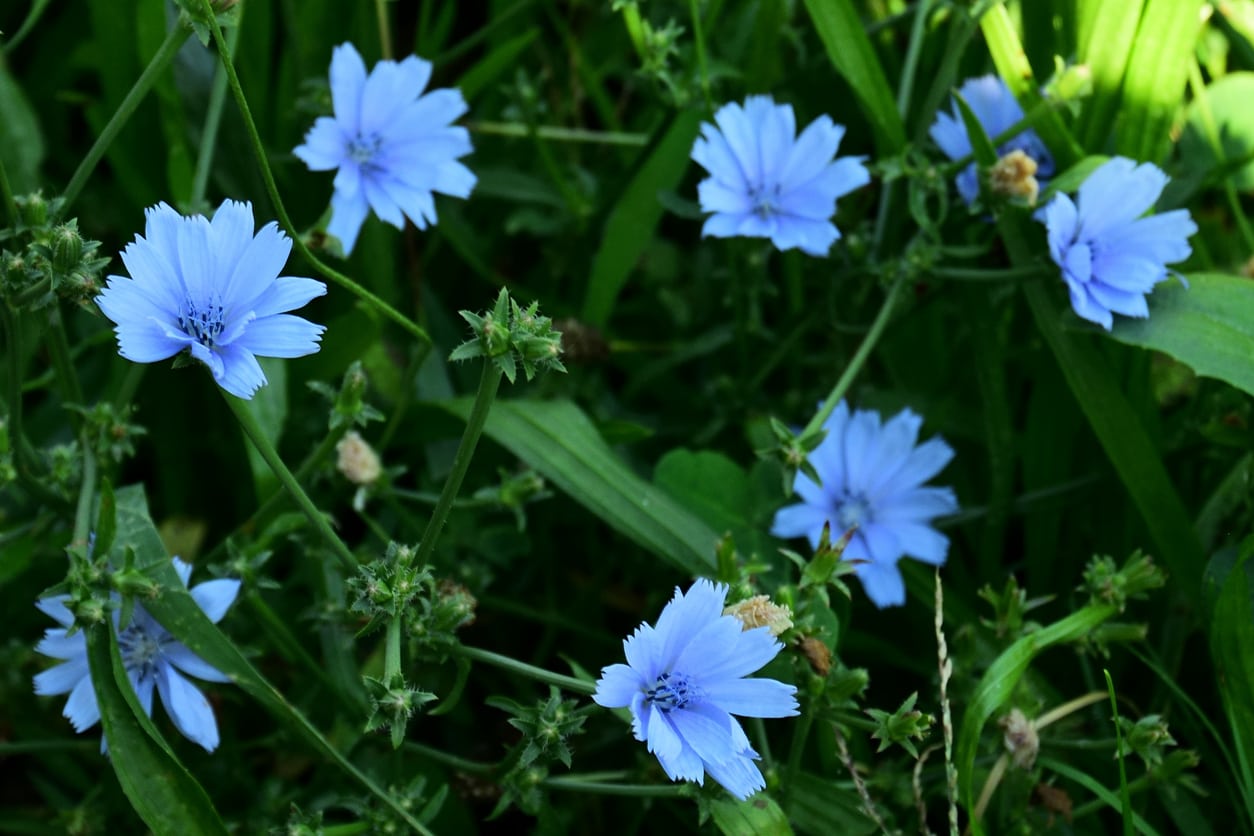 Potted Chicory Care – Can You Grow Chicory In A Container
Potted Chicory Care – Can You Grow Chicory In A ContainerGenerations of herbalists have used this chicory herb as a treatment for maladies ranging from upset stomach and jaundice to fever and gallstones. Growing potted chicory plants is a great way to enjoy them up close and in small spaces. Click here to learn more.
By Mary H. Dyer
-
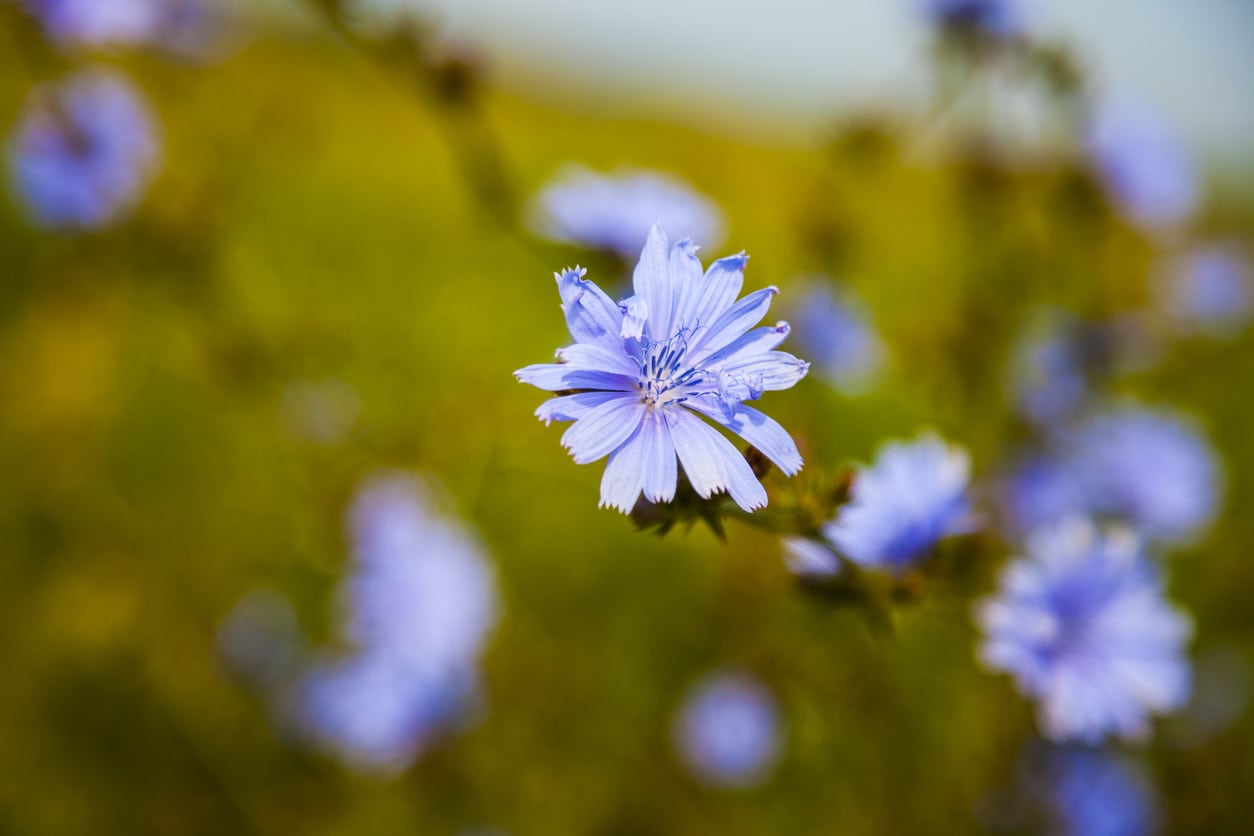 Types Of Chicory – Chicory Plant Varieties For Gardens
Types Of Chicory – Chicory Plant Varieties For GardensIf you decide to plant chicory in your garden, you’ll want to scope out different chicory plant varieties. Each has its own characteristics, uses, and growth requirements. Click here to learn about different chicory plants and how to choose among the many varieties of chicory.
By Teo Spengler
-
 Chicory Plant Uses: What To Do With Chicory Plants
Chicory Plant Uses: What To Do With Chicory PlantsYou’ve probably heard of chicory and you may even have this ornamental plant in your garden. But you may not be sure what to do with chicory or how you can start using chicory from the garden. What is chicory used for? Click here to find out.
By Teo Spengler